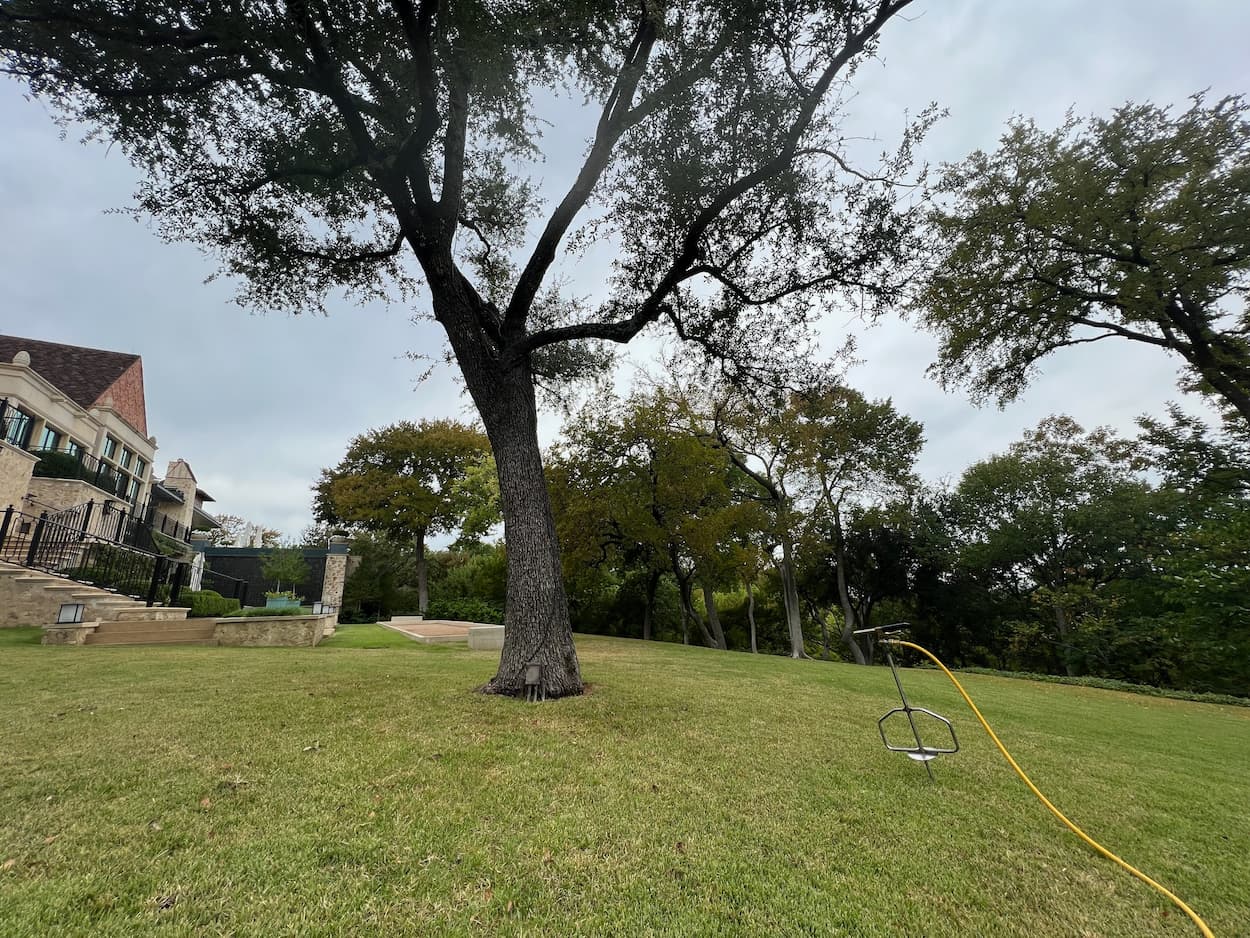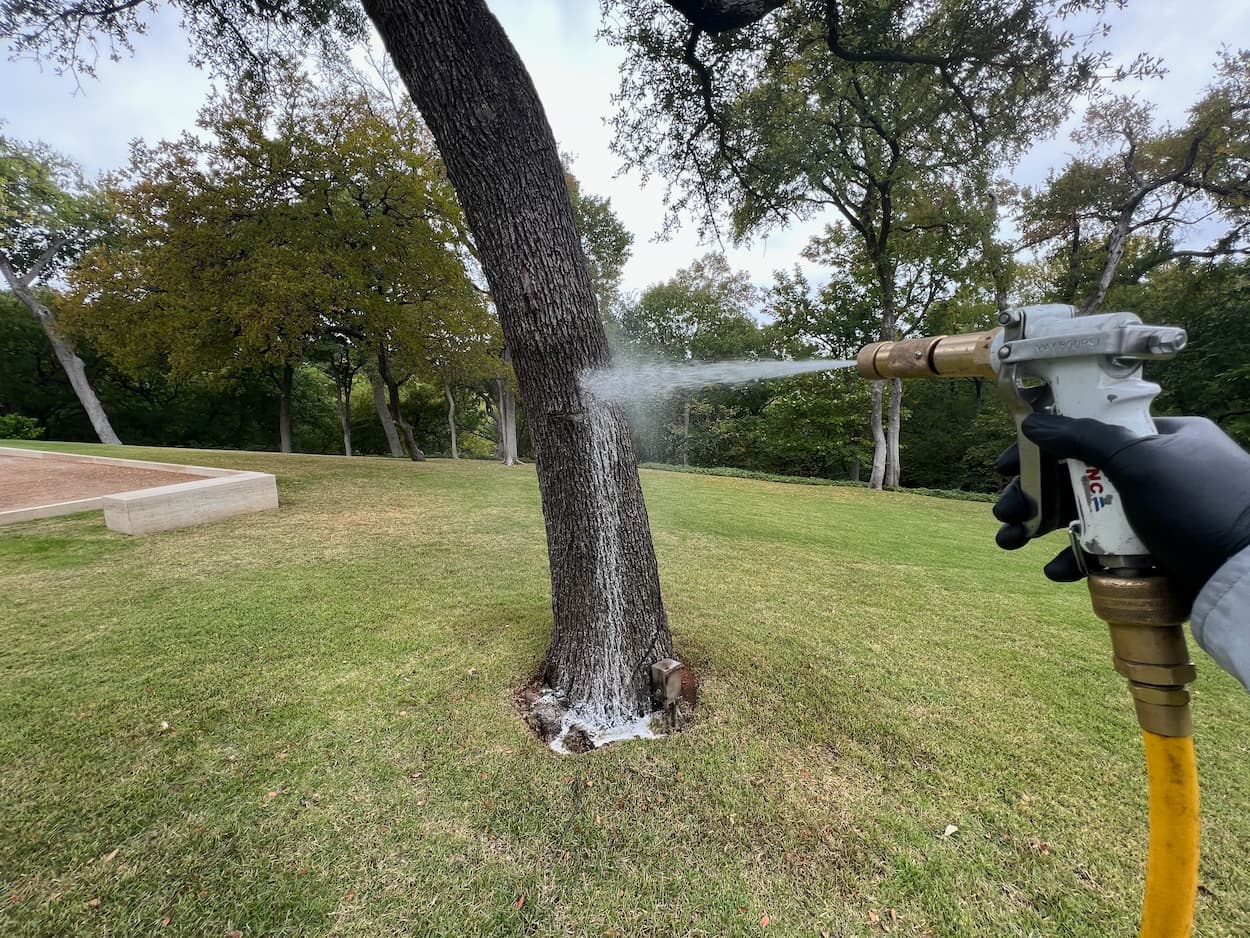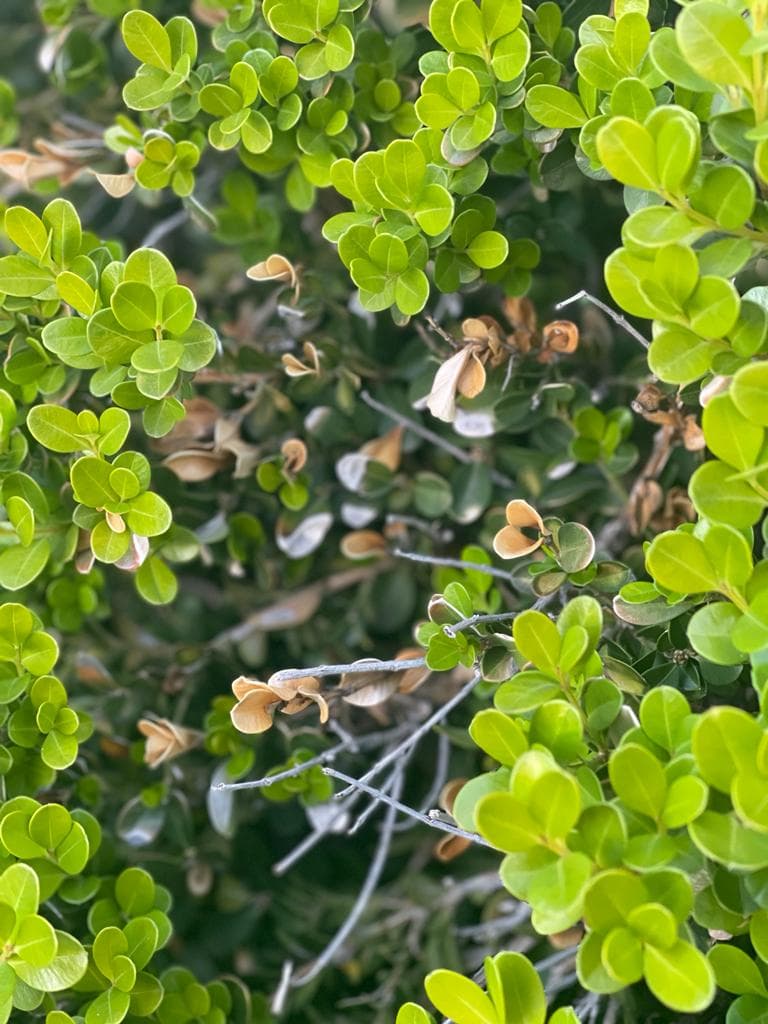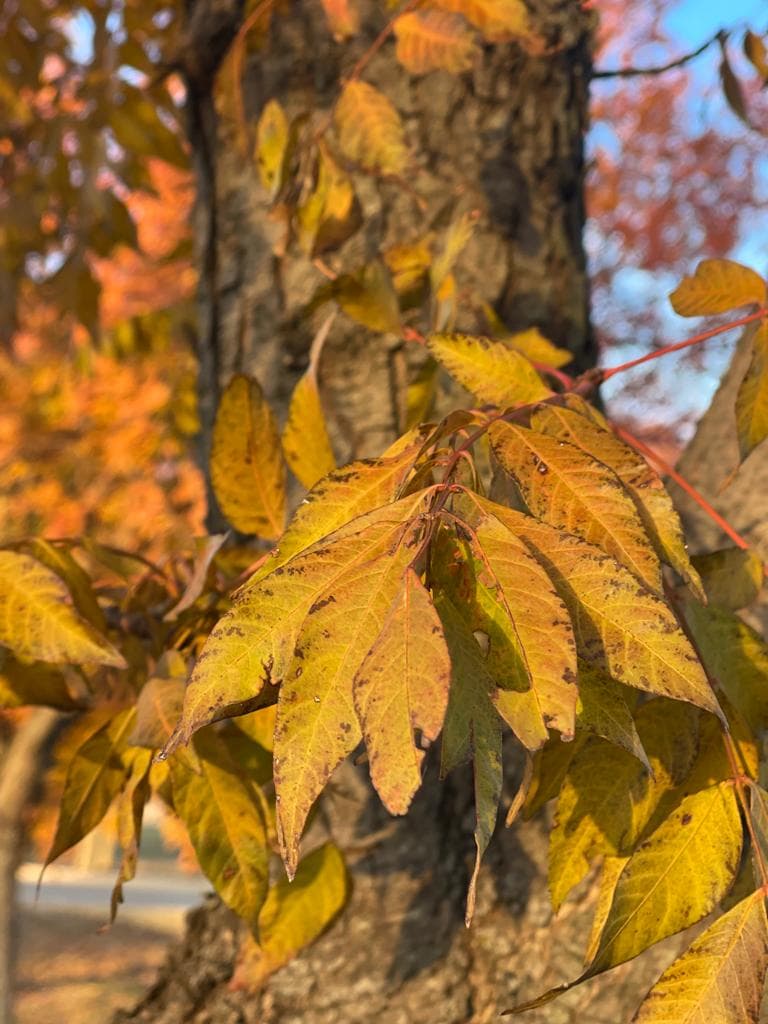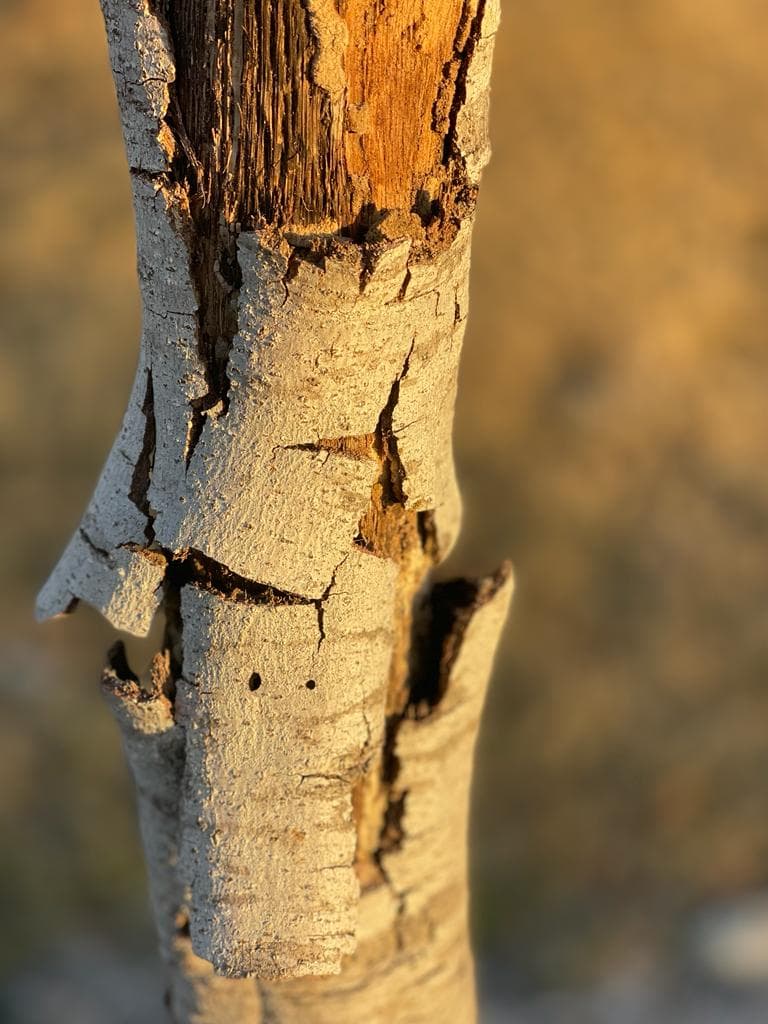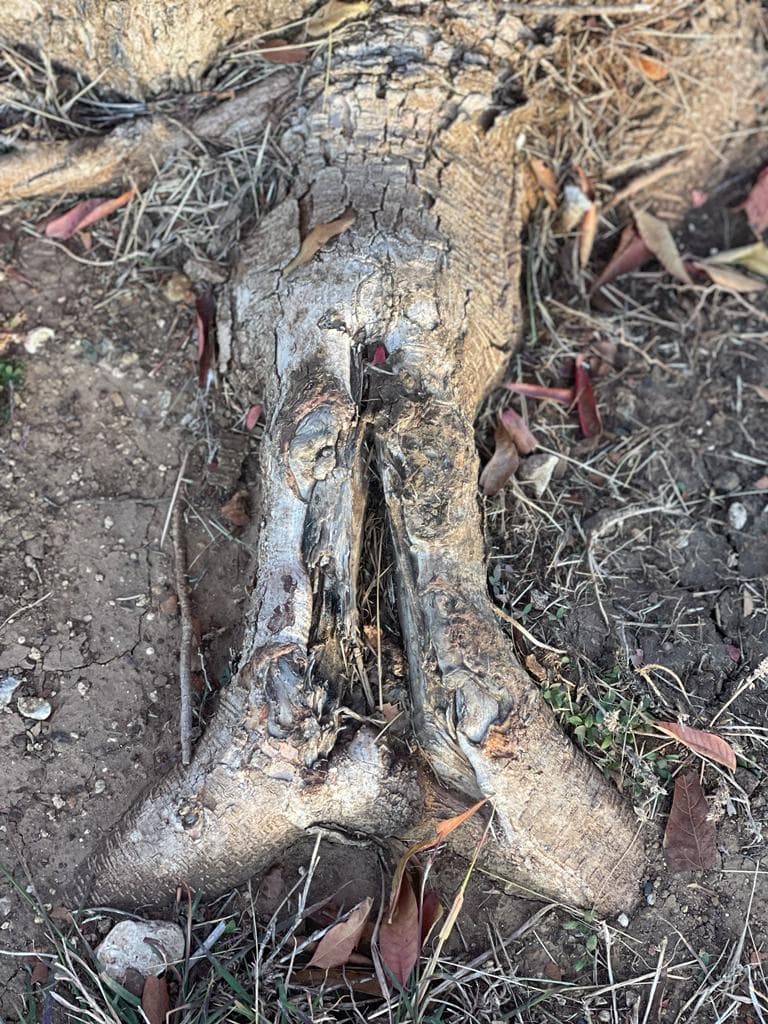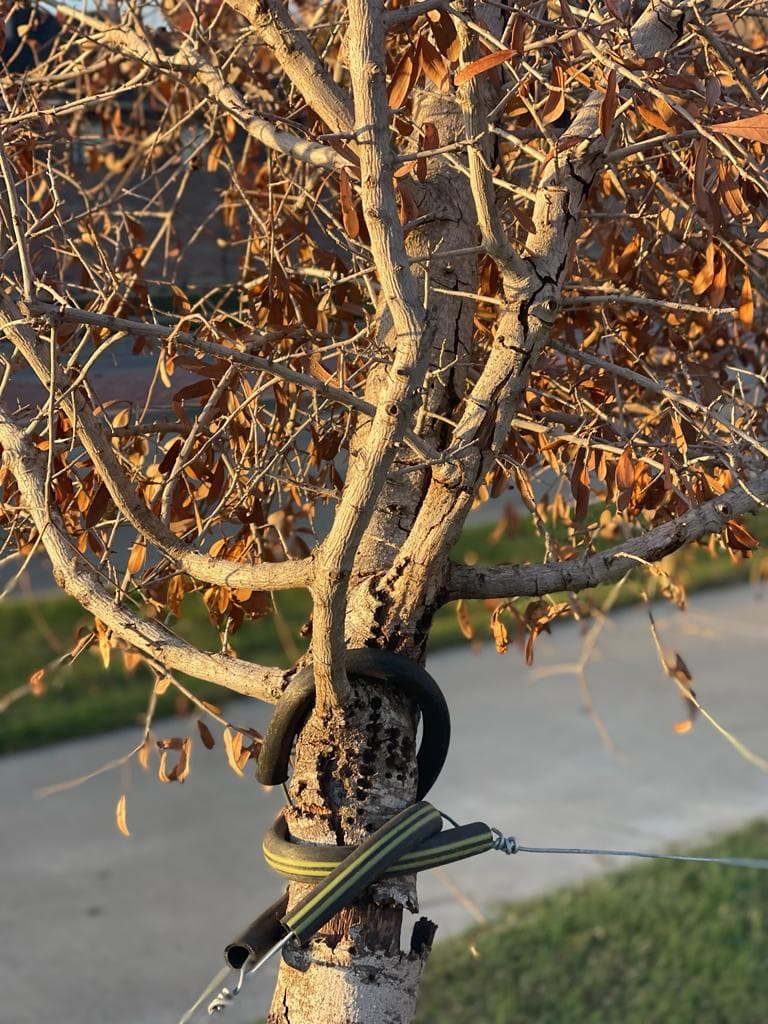Texas Shrubs & Tree Health Care Experts
Caring For Texas Shrubs & Trees Since 1990 Get A Free QuoteCall (817) 880-6130Tree & Shrub Pest Treatment Services in Lone Oak, TX
Our ISA Certified Arborist Can Help Treat Your Trees and Shrubs From Pests in Lone Oak, TX.
Arborist USA provides Tree & Shrub Pest Treatment Services in Lone Oak, Texas, and the surrounding areas.
Located in the heart of Texas, Lone Oak is an idyllic town, known for its variety of trees and shrubs that contribute to its serene and picturesque environment. Maintaining this lush greenery, however, demands diligent attention, particularly in terms of tree and shrub pest treatments. Lone Oak has thus devised a strategic approach to manage and treat pest infestations. Therefore, Lone Oak continues to exemplify successful environmental stewardship through its relentless commitment to preserving plant life by employing a sustainable and balanced approach to pest management. This synergy between nature and mankind fortifies the town’s rich green legacy for future generations to appreciate.If you are in need of Tree & Shrub Pest Treatment Services in Lone Oak, TX, please get in touch with Arborist USA today by calling us at (817) 880-6130, your Tree & Shrub Disease Specialist.
Signs of a Sick Tree or Sick Shrub
- Dead Branches
- Yellowing Leaves
- Fungi or Decay
- Bark Falling Off
- Discolored or Rusted Leaves
- Dying Tree or Shrub
- Leaf Discoloration
- Root or Insect Damage
- Leaves look like they’re being eaten
- Bark is Peeling
- Holes in leaves
- Holes on Bark or Branches
- Stunted Growth
- Canopy Dieback
- Bark Abnormalities
- Wilting
Tree & Shrub Helpful Tips
1. Common Pests:
Trees and shrubs in Lone Oak frequently fall victim to pests such as beetles, aphids, scale insects, borers, and caterpillars. Initiating effective treatments as soon as these pests are identified can help mitigate the risk of spread and irreversible damage.2. Quick Identification:
Key to Lone Oak’s strategy is early detection and accurate identification of pests. By proactively seeking out potential threats, the town can mitigate any major damage to its vibrant fauna before it has a chance to spread.3. Organic Pest Control:
Adhering to sustainable practices, Lone Oak leans towards using organic pest control methods to manage infestations. It encourages biodiversity, fostering an environment where beneficial insects thrive, thereby reducing the need for harsh chemical insecticides.4. Systemic Insecticides:
For stubborn pests that are hard-to-reach, like borers, the town resort to using systemic insecticides. Carefully administered, these insecticides aim to protect plant health by targeting pests without adversely affecting other organisms or reducing overall biodiversity.5. Biological Control:
Incorporating biological control methods, Lone Oak also promotes the population growth of natural predators, such as birds. These predators contribute to pest control while simultaneously playing a crucial role in maintaining the local ecosystem.6. Preventive Measures:
Understanding that prevention is better than cure, Lone Oak prioritizes preventative care in its pest strategy. Regular watering schedules, timely pruning, and proper care procedures ensure healthier plants that are more resilient to pest invasions.7. Treatment Resistance:
In view of pests developing resistance to treatments, Lone Oak implements a rotation policy for its pest treatments to guarantee long-lasting effectiveness. By shifting between various pest management techniques, the town keeps its strategy dynamic and adaptable.8. Seeking an Arborist:
Professional expertise forms a vital aspect of Lone Oak’s pest strategy. The town arranges regular consultations with certified arborists and pest control professionals, keeping its knowledge base updated and adjusting tactics in response to evolving pest behaviors.
If you’re concerned or have any further questions about our Tree & Shrub Pest Treatment Services in Lone Oak, TX, or surrounding areas in North Texas, please call us at (817) 880-6130.
Tree & Shrub Pests
Listed below are common Tree & Shrub Pests found in Texas.
Aphids
A white soft body insect that creates a sticky "honey dew" structure on limbs or leaves, blocking nutrients.
Bagworms
Bagworms lay eggs that create small cone-shaped structures less than three inches in length.
Beetles
An invasive wood borer that is subject in all wood tissue that causes severe decline in trees health.
Gypsy Moth
A larva that boars into leaf structure that cause lesser of a foliation and decline in overall leaf structure.
Oak Gall
A growth deformity known as a "gall" commonly occur on oak trees subject to branches and other structures.
Termites
Termites, wood-destroying insect, eats away at all wood tissue, damaging the structures of the trees.
Twig Girdlers
Being a member of the long-horned beetle family, these girdlers are known to eat leaf and other tree areas.
Webworms
These caterpillars spin white webbing bag nests in tree branches and eat your tree foliage (leaves).
Certifications

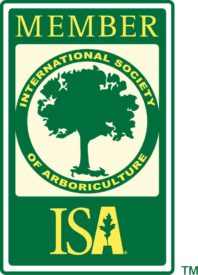

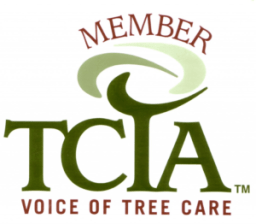
Our Reviews
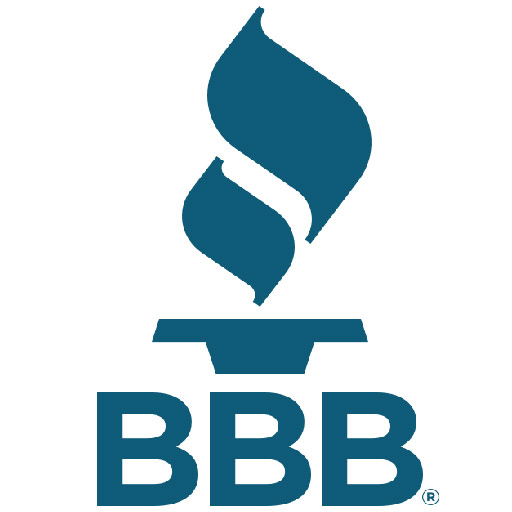
A+ BBB Rating based on 31 BBB Reviews
4.8/5.0 based on 83 Top Rated Local Reviews
4.6/5.0 based on 36 Facebook Reviews
4.0/5.0 based on 4 Trust Pilot Reviews

4.9/5.0 based on 90 Google Reviews
4.5/5.0 based on 13 Yelp Reviews
29 Recommendations on Nextdoor
Total Reviews: 286 ![]() Real Customer Reviews
Real Customer Reviews

